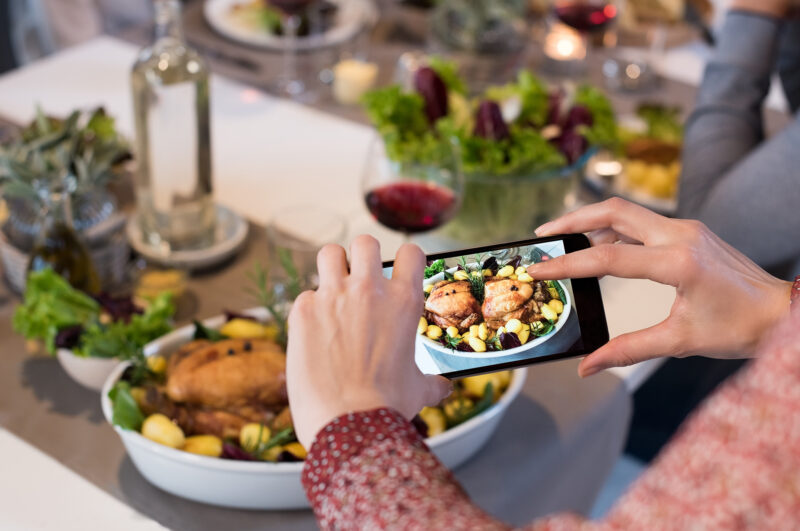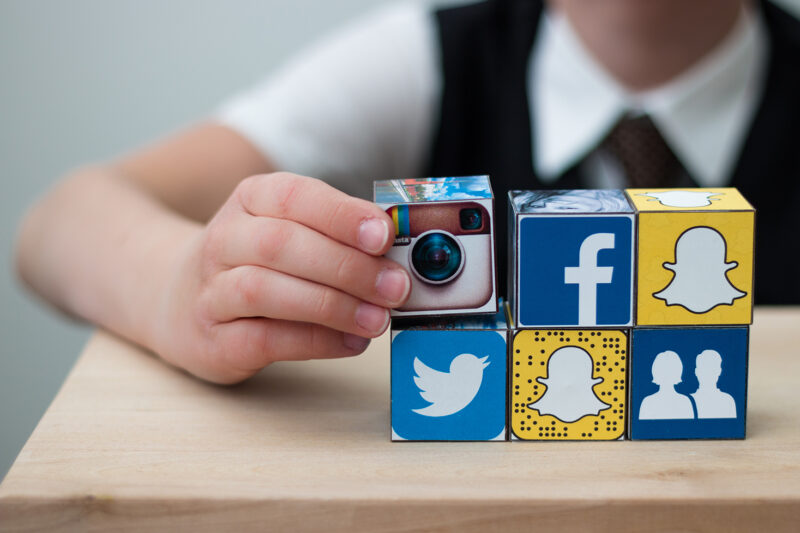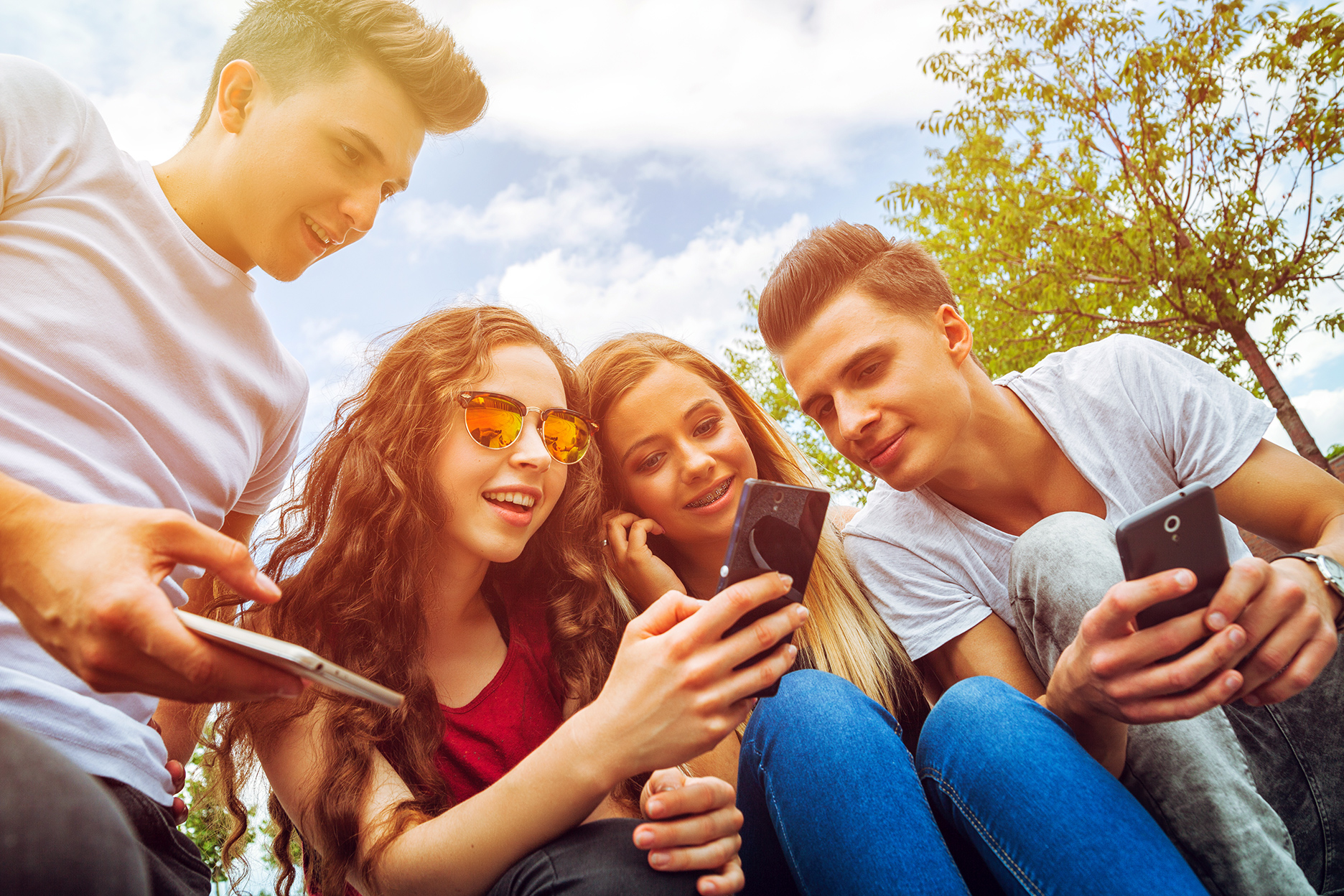Peer pressure has always been a part of teenage, but with unbridled access to the internet, virtual peer pressure has acquired epic proportions, leading to cases of low self-esteem, disconnecting with ‘real’ friends, withdrawal from family members, and drastic changes in appearance or weight. Aruna Rathod steps in with expert advice that will show parents how to help their wards deal with the new epidemic that is virtual peer pressure.
The first thing 16-year-old Parth Mehta does every morning is to reach for his mobile phone. The daily ritual begins with scrolling through social apps such as Snapchat, Instagram, Facebook and Twitter feeds. More often than not, he is bombarded with pictures of his ‘friends’ flaunting the good life, sometimes at pubs, other times at house parties. Half an hour of scrolling through is enough to bring about a change in Parth’s mood, where he prefers to stay uncommunicative with his parents before leaving home for college in a rush. Parth is not alone—his behaviour is only indicative of today’s youth, immersed in the virtual world by choice or influence.
Snapchat, Facebook, Instagram and Twitter—teens spend a lot of time keeping up with their friends online: reading comments and posting photos. New research suggests that the simple act of ‘liking’
a friend’s social media post may create a form of virtual peer influence.
A growing problem the world over, studies are being conducted to track the effect of social media on youth. Lauren Sherman, a quantitative and qualitative researcher, presented a study on the role of new media and digital communication in shaping social and brain development, particularly during adolescence.Sherman and her colleagues studied the brain activity of 32 teenagers, aged 13 to 18.
In the study, teenagers submitted personal photos, then they were placed in an MRI machine and viewed an Instagram-like app. During the session, teens could see the number of likes displayed on each photo. After the session, scientists analysed the teens’ brain scans and saw activity in the reward centre of the brain.
“That brain region became more active when teens saw that other kids’ photos had a lot of likes and more so when they saw that they got a lot of likes on their own photos,” Sherman said. “This suggests that over time likes could be changing the way people interact with their online world.”

What happens when you scroll, tap and like?
Indian teens too have unlimited access to the internet because of smartphones and hours of free time, thus leading to virtual peer influence. “Why teens continuously scroll through, like and comment on other’s posts may surpass your understanding, but this is exactly what virtual peer pressure looks like—attempting to showcase their social media activity in an effort to be accepted by their peers. Social media plays the role of the key antagonist in this whole plot of influencing a teen’s decision making,” explains Archana Goenka, Academic Director, Goenka Group of Schools. “These online activities impact a teen’s thinking and behaviour pattern in a negative manner. They want to ape their peers, even when they don’t necessarily believe in the same thought process. For instance, studies show that teenagers who viewed and liked photos of their peers partying and experimenting with alcohol, had a higher tendency to engage in the same behaviour by indulging in alcohol and smoking themselves. So, it can be rightly said that virtual peers are far more powerful and influential than a teen’s real-life friends, one of the key reasons being the sheer number of online spectators,” Goenka further elaborates.

The pitfalls
Children are getting exposed to the virtual world at extremely young ages (as young as 7-8 years at times) and the entire social circle of friends is now more virtual for most children than real. Unfortunately, a lot of children/people post a utopian life on social media which is perceived as reality. As a result of this, a number of teenagers make comparisons and feel worse about themselves and their lives and begin to slip into depression. Often, the number of virtual friends/followers determines their popularity as
a person and so to increase the same, many children tend to add absolutely random strangers, thus putting them at the risk of cyber bullying and cyber-crimes too.“The biggest problem is social acceptance is found here and every ‘like’ and ‘comment’ is a validation for their self-esteem, either positively or negatively,” says Clinical Pychologist Saloni Sawnani.
Explaining the pitfalls of the growing incidence of virtual peer pressure, Sawnani recounts the time when a 13-year-old girl visited her with signs of fear and depression. “She came from a conservative family with orthodox and strict parents. Upon inquiring, I learnt that her group of friends had kept a challenge of who could be the most popular on Facebook in a week’s time. Results would depend on the total number of likes earned on posts! To win the challenge, the girl began posting pretty selfies and adding anyone recommended by FB on her list. She did win the challenge and was very proud of herself and her social skills. But in the process, she had started chatting with random strangers, one of whom eventually started stalking her virtually to begin with. It was bothering her since she felt she could not share it with anyone—she also felt lonely in spite of a long list of friends on social media!”
“A day before she met me, the man had actually managed to track her down and meet her outside her school. Even though he spoke to her courteously, she was trembling and devastated. She finally confided in her parents, and they got her to me. In her case, she was motivated to make whatever changes it took to get out of the situation and felt she had learnt her lesson the hard way,” adds Sawnani. Needless to say, the girl needed therapy to overcome the trauma and feel at peace again.

How to ‘Be Real’
Parents need to take the onus and responsibility for their children. “Parents need to monitor the time their children spend online. They also need to understand it is a ‘monkey see, monkey do’ world so they also need to take responsibility for not leading a virtual life themselves and monitoring the content and time spent on the internet,” suggests Sawnani.
On the academic front, schools too can conduct cyber awareness programmes where children can be provided with the opportunity to understand the pros and cons and make better informed choices.
Additionally, spending time with peers and real people needs to be encouraged by adults and greater validation should be given for the same.


